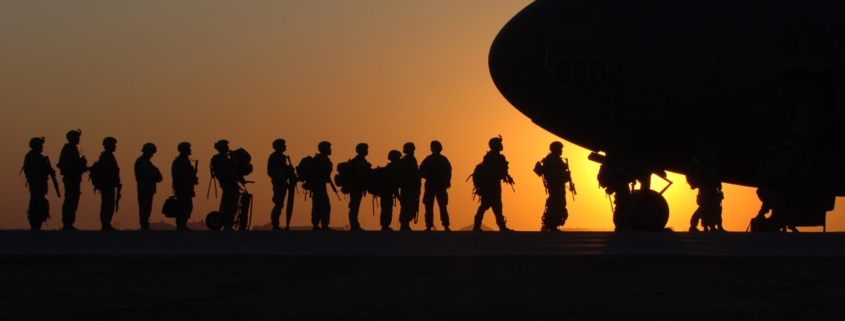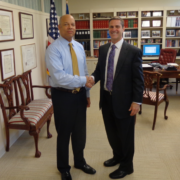Special D-Day edition: D-Day shows how the best leaders shape and adapt to events
D-Day shows how the best leaders respond.
General Dwight Eisenhower could not control the Nazi High Command, but he reinforced their biases that General Patton would lead the main attack at the Pas de Calais. The deception enabled the Allies to secure the Normandy beaches and move inland.
The Germans assumed for six more weeks that Patton would make a more significant landing at Calais. Eisenhower’s deception plan (Operation Fortitude) worked better than he imagined.
Eisenhower could not control the weather nor how well the German military units reacted to the invasion. He postponed the invasion for a day due to bad weather and made a risky call that the seas would be calm enough for the June 6 landings.
In the quiet hours before the assault, he wrote a letter taking responsibility if the invasion failed.
Eisenhower recognized that he could influence events to a certain extent and that he could determine how he responded to unfolding circumstances.
Brigadier General Norm Cota landed at Omaha Beach with the second wave. The German fire was so intense that the first wave’s survivors crouched behind a retaining wall. German artillery began to take its toll.

Cota knew that the troops needed to get moving immediately or get ground down. Individually, each was safer staying put; collectively, they were safer moving forward and attacking the German positions.
Cota adapted to circumstances and said, “Follow me,” taking the fight to the enemy. Soon thereafter, the Americans broke the German defenses. Cota influenced events by adapting to circumstances.
D-Day, which happened on June 6 79 years ago, holds myriad examples of the interplay between influencing and adapting.
The best leaders recognize their limited control of external factors and exclusive control over how they respond. They are response-able, to use Stephen Covey’s term.
In so doing they:
- Refrain from blaming subordinates for outcomes outside their control
- Resist the temptation to promote people based on good luck
- Innovate to seize emerging opportunities and mitigate risks
- Maintain perspective
- Challenge practices and beliefs that are no longer fit-for-purpose
- Avoid self-delusion.
The chart below shows the importance.

People who believe they have so much influence over external events that they never have to adapt have spent too much time watching “motivational speakers” and believe everyone else must join their comfort zone. Examples include Twitter mobs, Stanford Law students, bigots, Luddites, and Sears and Blockbuster executives. Such people refuse to adapt; they approach every issue with an open mouth and closed mind.
By contrast, a person who believes that they cannot influence or adapt are victims adrift in the world.
Someone who believes they cannot influence anything but can only adapt to the forces buffeting them about are like old-school Calvinists who believed in predestination. In business and life, they are the people trapped on the hamster wheel, feeling they can only govern how fast or slow they go and not whether they can get on or off.
You find people at work who blindly follow orders and fixate on “that’s how we’ve always done it.” They don’t innovate, they stay in the ruts others have made for them because they don’t believe they can make any difference.
Leaders who believe they can influence, not control, events but can control how they respond are response-able. Like Eisenhower and Cota, they innovate, seize opportunities, and avoid blame games.
Amazon could not control information technology, but they adapted to the new realities and drove Sears out of business. Netflix did the same to Blockbuster.
Understanding what you can and cannot control leads to sound judgment.
What is your top takeaway from this article? Write a comment, DM me on LinkedIn, or email me at chris@strategicleadersacademy.com.
 Photo by Pixabay: https://www.pexels.com/photo/soldiers-in-line-to-get-in-a-plane-54098/
Photo by Pixabay: https://www.pexels.com/photo/soldiers-in-line-to-get-in-a-plane-54098/










